January 22nd, 2018. It was still early when I went through dark Kathmandu. I passed the impressive Bouddha Stupa. Around, clockwise, muttering monks and nuns. I was on my way to the bus stop.
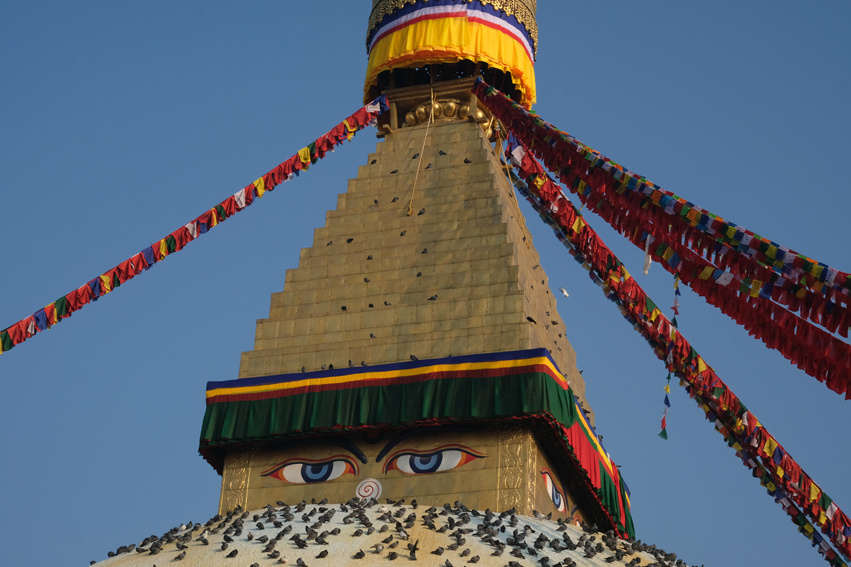

Seven past seven, I’m offered a hot cup of coffee. I am in the house of the United Nations. I am too early, correction, way too early. At a quarter to eight, I have an appointment with the Italian Vittorio Piovesan, Construction Specialist at UNICEF Nepal.

A bit later we are in a jeep of the UN, Vittorio in the front next to the driver, Uddhab, a Coordinator-Engineer from Nepal who also works for UNICEF and me in the back. Only a four-wheel drive can take you on the bad roads to our destination, Dalchoki, a village a little thirty kilometres south of Nepal’s capital Kathmandu. It is the closest UNICEF project. We will visit a medical help post, one that has already been delivered but where the solar panels were only placed afterwards. Vittorio and Uddhab are having an appointment with the Chinese company that supplied the panels.



In Nepal, the earthquake of 2015 (with the first shock in April and a second in May) can still be felt and seen everywhere. Roads are often not yet repaired, hospitals or schools have not yet been rebuilt, villages near the epicentre are often still large construction sites.



“Due to the earthquake, 1.200 health facilities including health posts and hospitals were badly destroyed or collapsed,” Vittorio told me, “The Ministry of Health asked the various donors (international NGO’s) to build 360 health posts in fourteen districts. UNICEF was commissioned to realise 74, which is the largest number compared to the other NGO’s.”
“Vittorio, it’s 2018! Why does it take so much time to build these help posts?” I asked in amazement. “Well, to plan a complete reconstruction it takes time anyway. A national strategy where the guidelines for the various sectors are clarified is drawn up.”


“Of course, UNICEF was immediately in action after the earthquake in such a way that medical services could be provided. They were accommodated in temporary tents or rented houses. At the end of 2015, the actual reconstruction could start. The government put a prefabricated technology first because it was said to be less time-consuming. Also wanted the Ministry of Health to be part of the procurement procedures (the prefabs were imported from China). This, mainly due to the large number of prefabricated buildings that were allocated to UNICEF. This delayed the process. Also, the long distances and the quality of the road surface to the remote, often very challenging locations, slowed down the process. It takes a day to reach a head office of a district and on top of that another three to four hours to get to the location on a bumpy, poorly accessible road.”

“Awaiting the arrival of the prefab buildings, the land will be cleared and the foundations laid. Unfortunately, with two-thirds of the given locations, we have to look for an alternative.” Vittorio added, “This given the unreliable location which is exposed to landslides or because of the size of the location which turned out to be too small. This means we have to carry out extra research which again takes extra time.”
“’In theory, it takes two to three months before a help post can be delivered, but often it takes more time, also because of a lack of workers.”
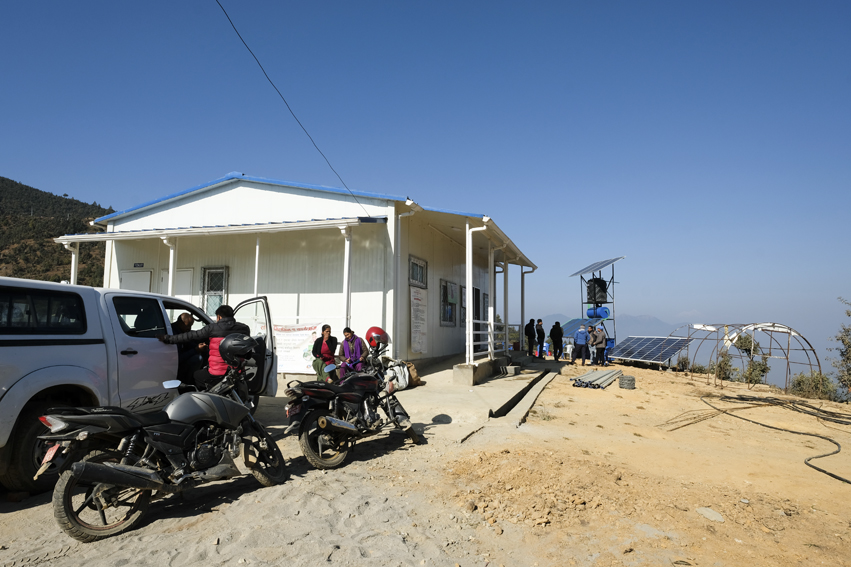
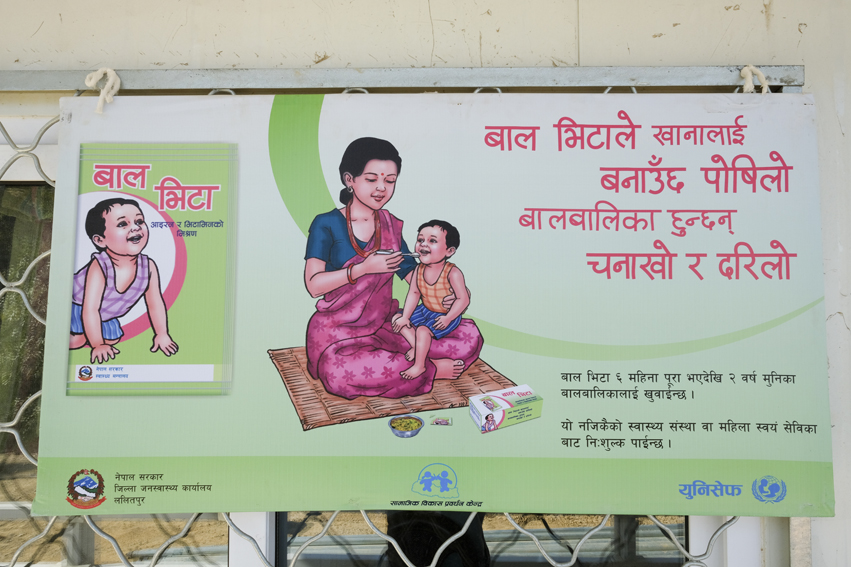

“Are these prefab help posts reliable enough?” I asked. Vittorio reassured me: “Yes, most certainly, they come very close to the final buildings. This is not only due to the standards they have to meet, due to the amount of insulation used and the anti-bacterial carpet, but also due to the size of the building. The minimum space in the delivery room is the same as that of the permanent buildings. After some time, the definitive hospitals will be erected alongside the prefab buildings and the prefabs will be integrated as part of the hospital.”



After two hours, we arrived at our destination. The help post was visible from afar and was shining in a fresh green environment. While Vittorio and Uddhab were talking to the men of the solar panel, I got to know the nursing staff, got a tour of the help post and saw the first visitor arrive.

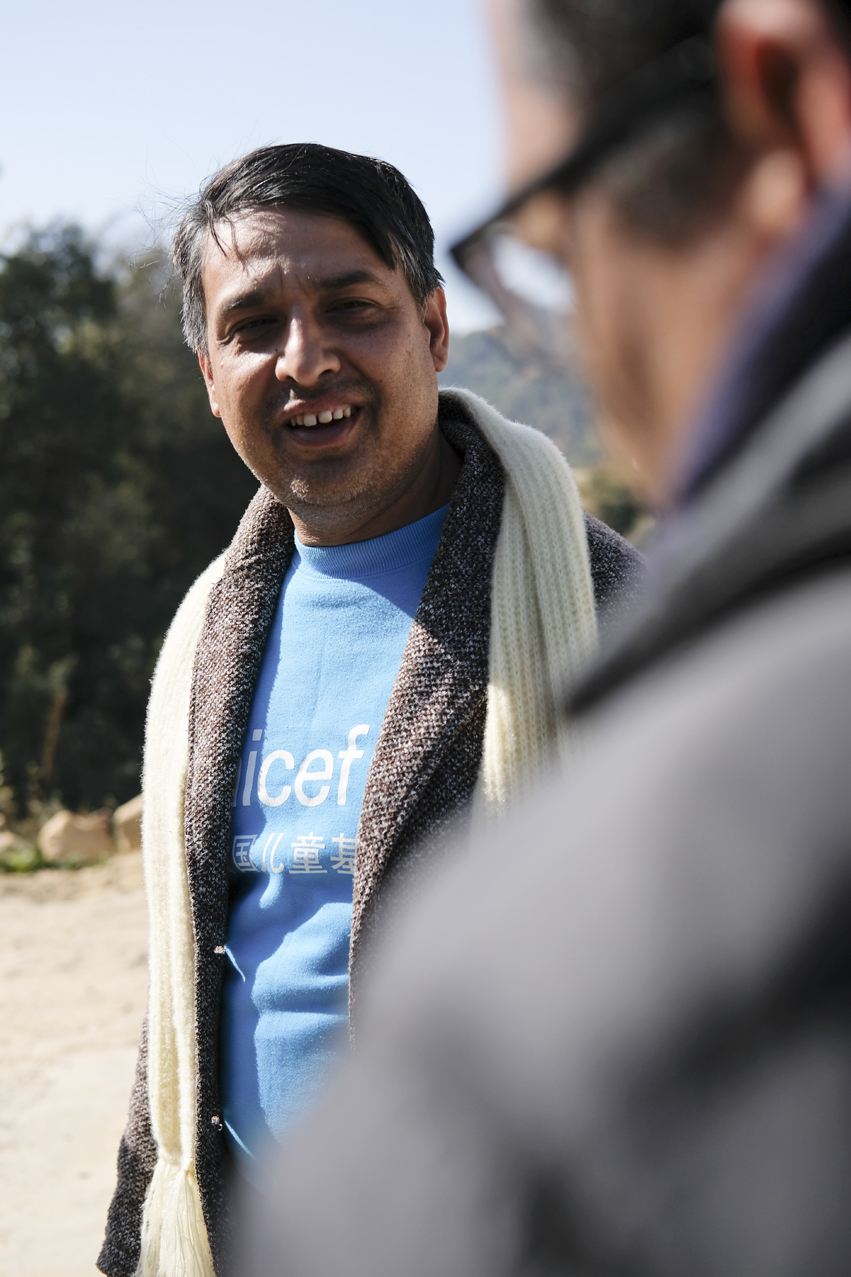
In Nepal, the hospital system is as follows: villages have hospitals (help posts) where first aid is given and births take place. ‘Assistant midwives’ receive training to become a ‘SafeGuard Assistant’. After this training, they can bring a birth to a successful conclusion. In a help post, there are no doctors available, for that, you have to go to a Primary Health Care Center (PHC) or in more severe cases to a District Hospital.



Each installed help post has a solar panel as a backup. This is demanded by the Ministry of Health. The installation of a panel takes a maximum of one week. The solar panel also ensures that the emergency post has hot water.
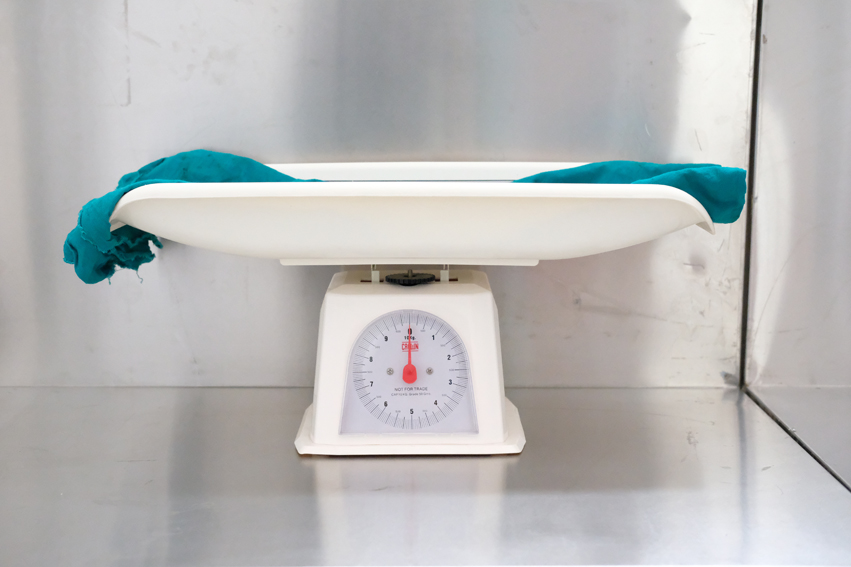

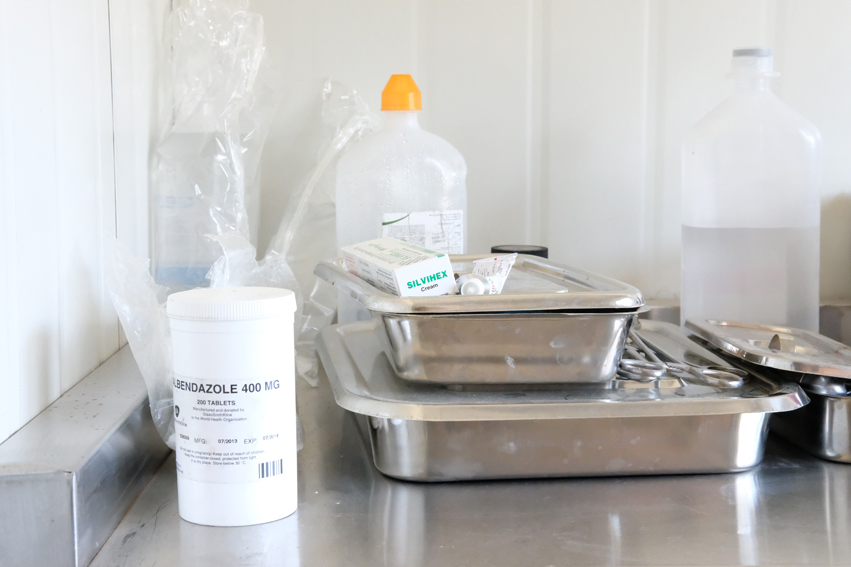
After a good hour on the spot, we got back in the jeep that brought us to Kathmandu. With a hearty lunch under the belt, I went together with Vittorio and Uddhab back to the House of the United Nations. For dessert, I got an afternoon filled to the brim with a presentation about the continued operation of UNICEF Nepal.

The earthquake caused not only the destruction of hospitals but also of schools. 22,400 school classrooms were destroyed while over 32,900 classrooms were partially damaged. UNICEF built ‘Temporary Learning Centers’. The first units were constructed with bamboo or everything that was available at that moment. Currently, however, a major project has been started in which 650 transitional learning centres are being built with the help of the EU and other sponsors.
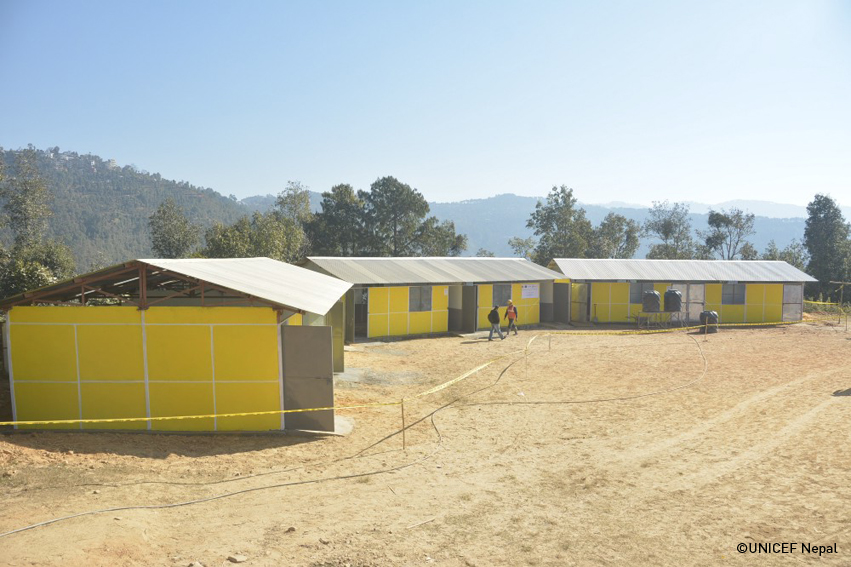
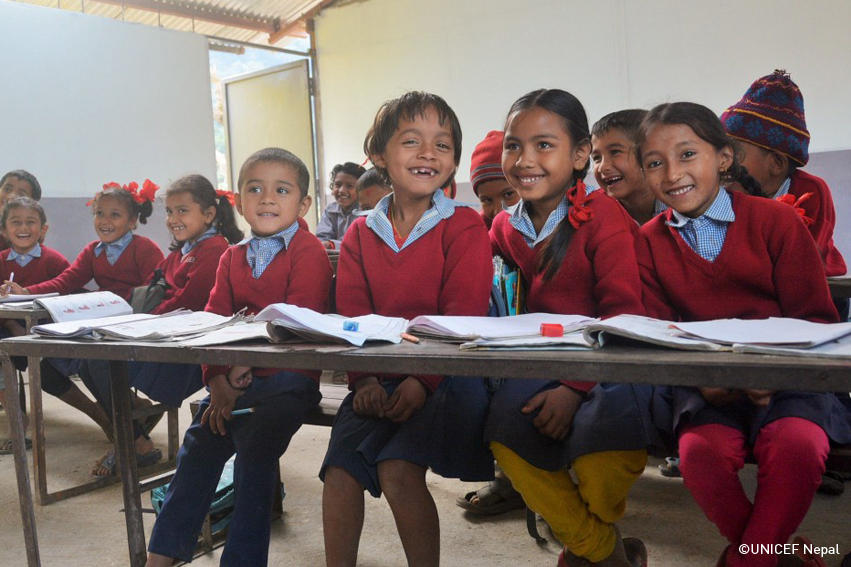

I also wanted to know if the earthquake affected human trafficking. Nepal has a big history in trafficking women and especially young girls. Girls who are kidnapped and sold, who end up in neighbouring countries and other Asian or European countries. Girls who have to work as a sex slave in a brothel.
I spoke with Nisith Kumar Shrivastawa and Yoko Kobayashi of the Department Child Protection.
“Immediately after the earthquake, we spent 48 hours with the Nepalese government. UNICEF feared an increase in human trafficking.” Nisith said, “We had 84 checkpoints. These were divided over strategic locations, mainly along the Nepalese-Indian border, but also two or three along the Chinese border and one at the international airport.”

“The government first suggested that no child should go from one place to another without the parents’ presence,” continued Nisith, “when this happened, they were stopped by the police. These were strongly sensitized and mobilized. Every bus was checked, both public and private. They were looking for possible cases. They checked whether people behaved differently.”
“In times after an earthquake, people are much more vulnerable,” Yoko added. “Houses, families, the source of income, everything falls apart. People do not have enough food, are hungry, are squeezed into tents, have lost family members and have no hope for the future. In other words, they are in a psychologically very difficult situation. We have known cases in which girls or women obtain food for them and their families in exchange for sex. We also see that girls are more sensitive to people who pass by and say: “Hey, you’re in a very difficult situation, but look, we have a possible solution for you. You can work in India and you can earn money to send to your family.” Parents are also misled by similar words. In short, we see that the earthquake makes people more vulnerable and this can lead to sexual abuse and violence.”

“UNICEF worked very closely with the Nepalese police and government by providing technical and financial support”, Nisith added. “Technical support was given by showing ways to prevent illegal human trafficking.”

“UNICEF organized awareness-raising activities together with the implemented partners (NGO’s) to sensitise people. They worked with local communities, with teachers, with child clubs. They provided basic information and gave a lot of training based on their experiences.”
“A partner with whom we worked together and still do is Shakti Samuha. Sunita Danuwar is one of its founders. As a 14-years-old she had been trafficked to India where she had to work in a brothel. Once freed and back in Nepal she founded, together with other liberated girls, a large, internationally recognized NGO to help victims of human trafficking (in one of the following blogposts her story).”
“But whether the number of women and girls trafficked has risen due to the earthquake, we cannot explicitly say,” Nisith answered my question, “there was a slight increase, but there was also increased supervision. However, we were able to stop more or less 150 to 200 children from being trafficked in the three months immediately after the earthquake.”
‘150 to 200’, the numbers reverberated in my head. Just like the huge amount of information that I received. With great interest, I listened to the UNICEF employees who gave me a glimpse into the operation of this well-founded organization. There is so much more to tell and so much more to do! But one thing is certain: all financial contributions you have made are well spent. Thanks a million!
 —
—
You find more information about the operation of UNICEF Nepal on their website.
You can still donate, however small, for my project through this link. Many thanks!
 In this way, I also want to thank the UNICEF-staff who made January 22nd a most interesting and memorable day.
In this way, I also want to thank the UNICEF-staff who made January 22nd a most interesting and memorable day.
—
© gif – UNICEF Nepal

Pingback: Beginner’s luck (EN) | trien trapt